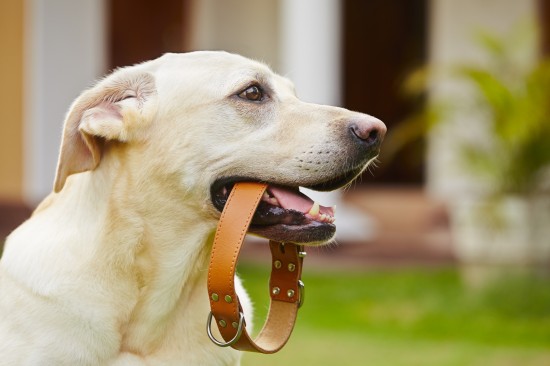
Responsibilities of the Horse Owner or Care Taker
All of us who own or tend to horses know the importance of a good Farrier. That being said, many of us neglect the unwritten (until now) responsibilities that should be taken into consideration when employing professional equine services. These suggestions will only enhanse your relationship between you and your farrier.
Make appointments at least one week in advance, doing your best to keep them. If you have to cancel or reschedule, give as much notice as possible. Keep in mind that most farriers are very busy and it may take several weeks or even a complete cycle to get back on track.
Horses should be caught and ready for the farrier. Hooves and legs should be cleaned and your horse held if necessary. An adequate, accessible work area, free of obstructions should be provided. Dry, level ground, plenty of light and shade is best while ensuring that the farrier has room for his equipment enableing him to conduct work safely. Pets and small children should be kept at home or at a safe distance.
Make yourself or someone the horse is familiar with available to hold them. This usually keeps the horse calm, reassures the owner or handler of the farriers competence and provides the farrier someone to consult with about any special needs. If the horse stands well tied and a repore has been made with the farrier, this may only be necessary the first few times. Although having someone available every time is best.
Handling the horses hooves regularly is important. Tying the horse for prolonged periods of time teaches pationants and enables the farrier to provide the best possible service. Time is needed to do a compatent job and should not be sacrificed do to lack of handling or poor planning. An unruly horse not only cuts into your time but the farriers scheduled day as well.
Notify the farrier in advance of any hoof issues or behavioral problems before services begin. Be honest and forthcomming. Not only does this better prepare the farrier to complete the task at hand, it increases overall safty. Having the horses hooves clean, dry and soft before the farrier arrives saves time and is appreciated. Overflowing the water trough days in advance works well. Be sure not to apply any hoof dressing several days before the appointment. Some dressings remain tacky and messy, prolonging completion of service.
Keep on a regular schedule. This ensures better overall health of the horse and a predetermined spot on the farriers schedule. Farrier services are an important part of routine maintenance and should be treated as such. Long intervals may lead to lost shoes and damaged hooves resulting in possible lameness, not to mention a higher bill in many cases.
Payment upon completion of services rendered is the only acceptable means of payment unless agreed upon in advance. Proper payment ensures proper scheduling and care of the horse. Be honest and loyal. The best farrier available is the cheapest when it’s all said and done. Hind site is 20/20 and will cost you in the end.
 Is It Okay To Take A Dog For A Walk When Shes In Season?
Is It Okay To Tak
Is It Okay To Take A Dog For A Walk When Shes In Season?
Is It Okay To Tak
 Japanese Akita Inu Dog Health And Longevity
Japanese Akita In
Japanese Akita Inu Dog Health And Longevity
Japanese Akita In
 My Dog Does Not Practice Mindful Eating
Aussies, in general, and Cody in particular, are extremely s
My Dog Does Not Practice Mindful Eating
Aussies, in general, and Cody in particular, are extremely s
 Fun Interesting Facts About Ferrets
Fun Interesting F
Fun Interesting Facts About Ferrets
Fun Interesting F
 Syringomyelia In Cavalier Spaniels
Syringomyelia In
Syringomyelia In Cavalier Spaniels
Syringomyelia In
Copyright © 2005-2016 Pet Information All Rights Reserved
Contact us: www162date@outlook.com